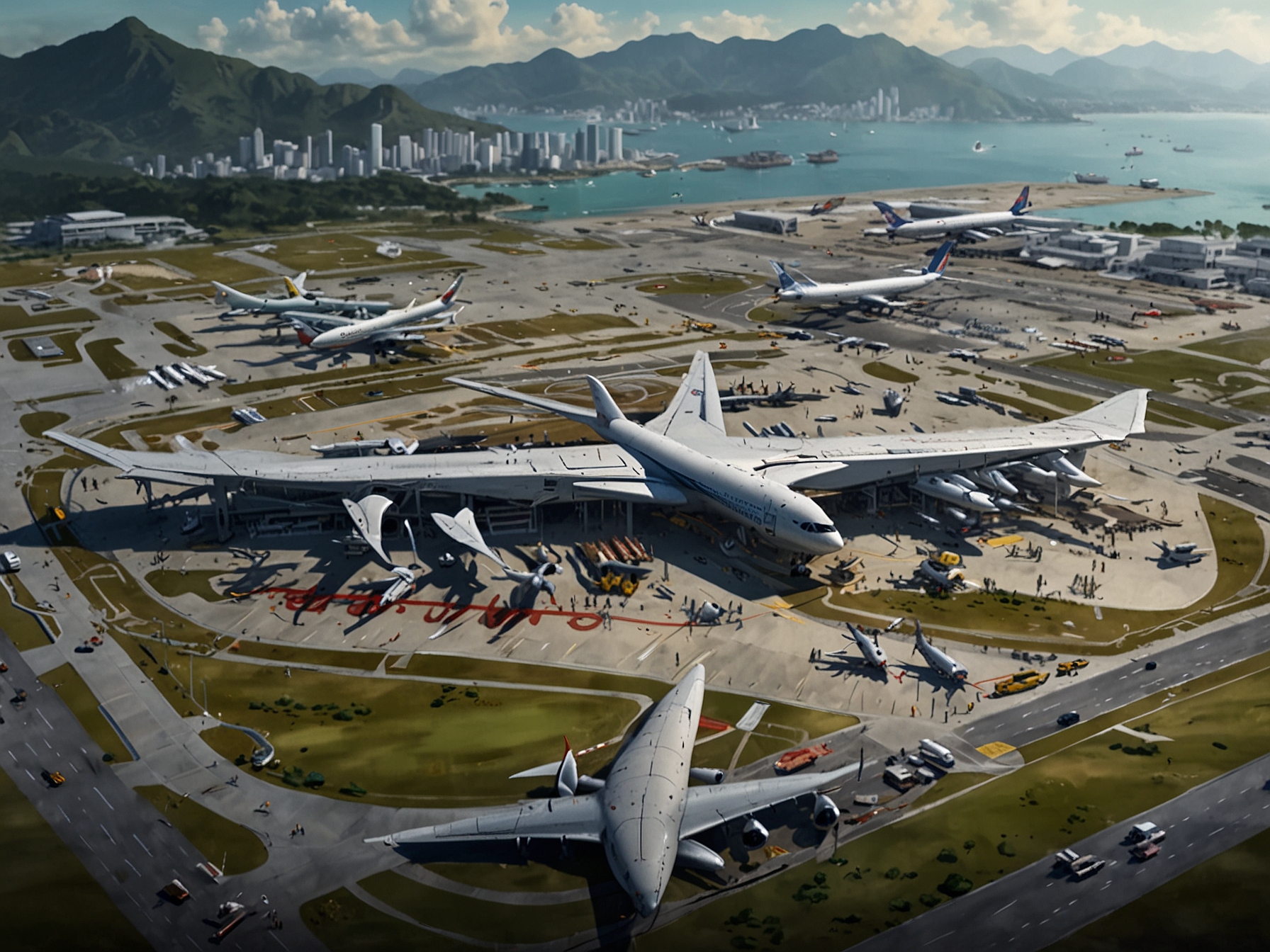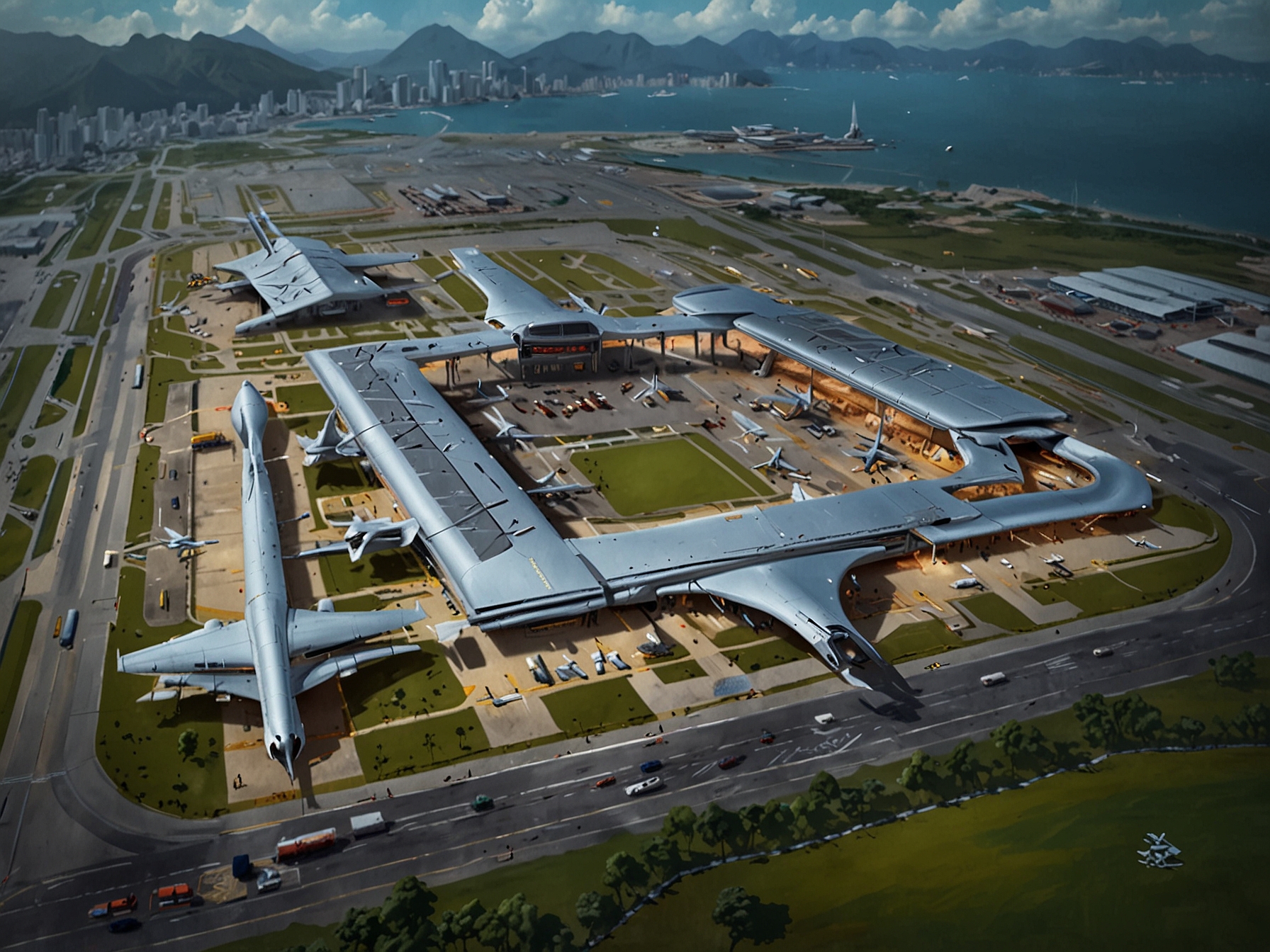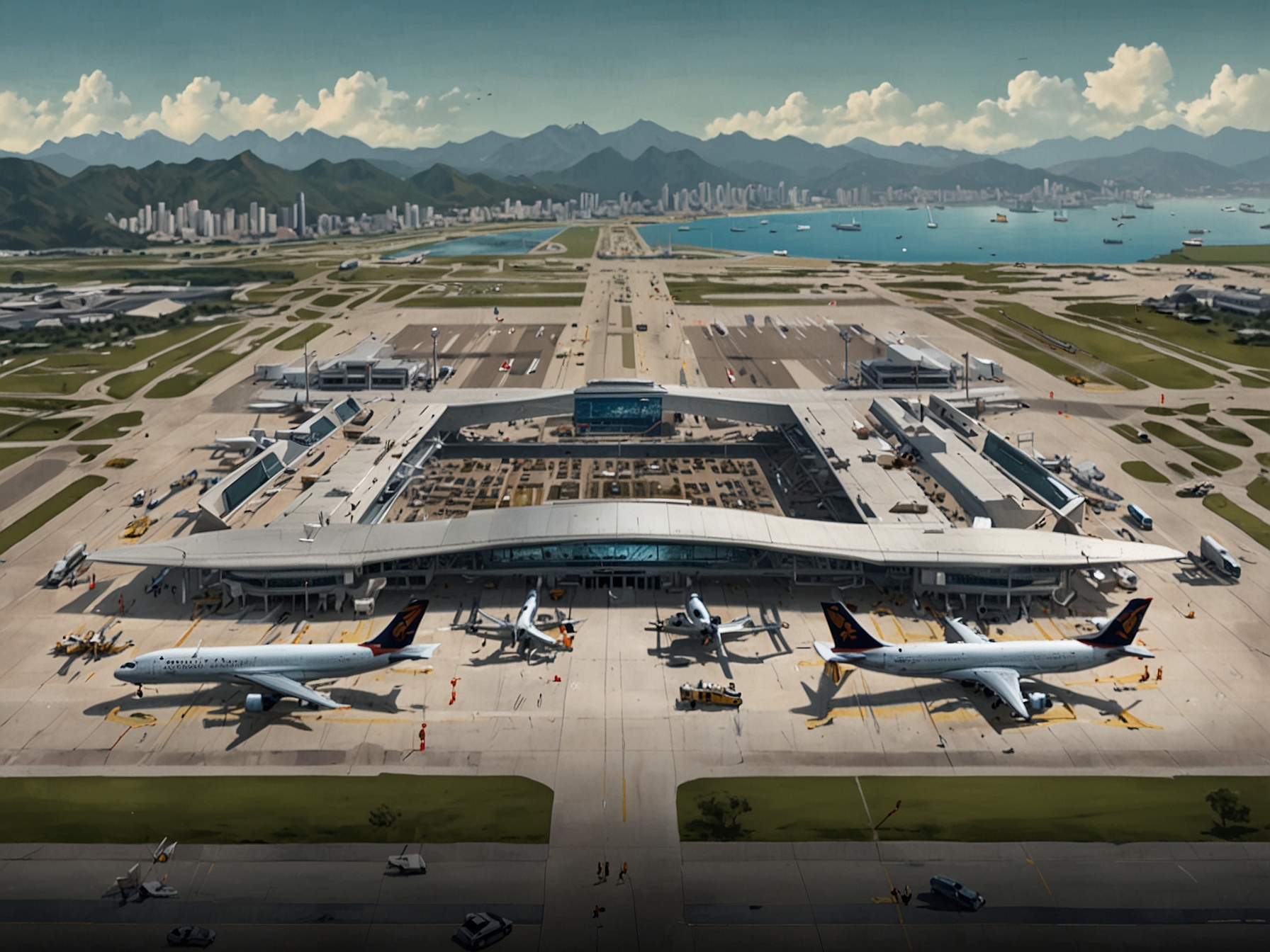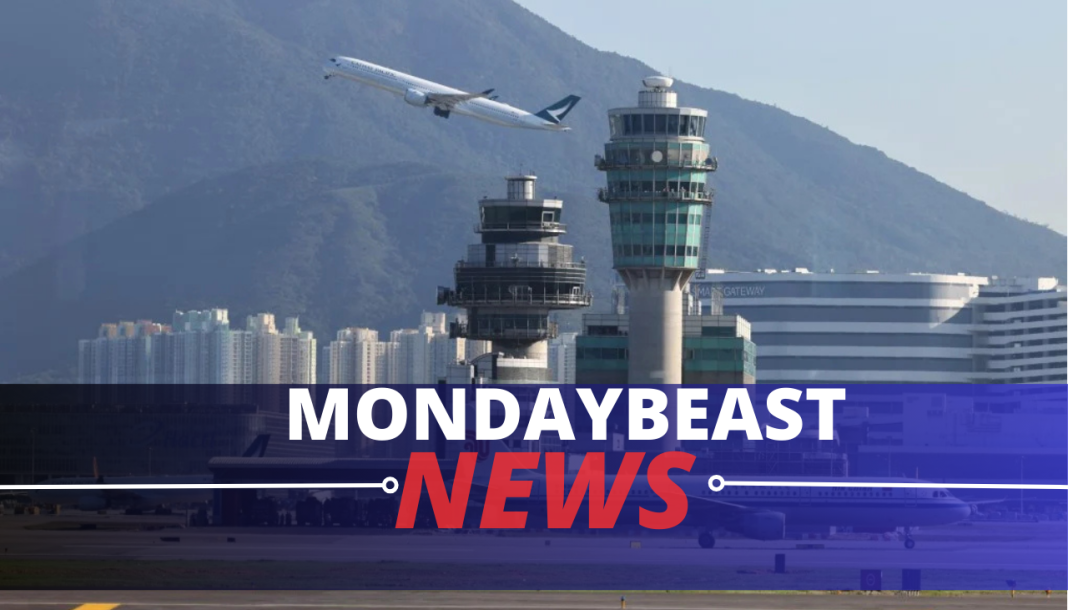Historic Launch of the Runway System
Hong Kong’s aviation scene took a leap forward recently with the historic opening of a three-runway system at the international airport. This HK$141 billion (US$18 billion) project is being hailed as a significant milestone. Chief Executive John Lee officiated the event, sharing the stage with officials from Beijing. His message? It’s time for Hong Kong carriers to step up their game while navigating the hurdles of a post-pandemic world.
Lee emphasized that the aviation capacity must “soar.” By this, he means the city needs a vibrant flight network to recover from the pandemic’s setbacks. As someone who often takes to the skies, I can relate to the stranglehold that travel restrictions have put on our dreams of exploration. Expanding this capacity offers hope.
Boosting Passenger and Cargo Capacity

The new runway aims to ramp up capacity by 50%. That means the airport could handle up to 120 million passengers annually by 2035. Just think about it. The road to recovery is not just about numbers; it’s about real people returning to flight, meeting friends, visiting family, or discovering new landscapes. Families, like mine, are eagerly waiting for that day.
Moreover, cargo volume could double, enticing businesses reliant on global trade. As of now, ongoing conflicts like the Ukraine-Russia war stand as roadblocks. They can hinder the swift restoration of those long-haul routes we all used to enjoy.
Regional Challenges Ahead
Critics point out that regional competition is heating up. Where does that leave Hong Kong? With emerging airports across mainland China vying for their share, there’s a palpable sense of urgency. In July 2019, 86 airlines operated from Hong Kong. Today, only 71 remain. That’s a stark decrease, and it raises questions. Can Hong Kong reclaim its title as an aviation hub?

Lee acknowledged these challenges and stressed the need for the sector to embrace new destinations. The potential lies in tapping markets like Southeast Asia and India. I often wonder how many gems we’ve missed due to this turmoil. Expanding routes could mean more places to explore.
The Role of Greater Bay Area
The Greater Bay Area offers additional avenues for growth. By combining forces with cities like Macau and Shenzhen, the region seeks to create a bustling economic enclave. Lee emphasized recent investments made by the Airport Authority. This includes a stake in Zhuhai Airport. It’s an interesting move, almost like laying the groundwork for a “super airport.”
By enhancing logistics and connectivity, the idea is to increase efficiency. I ponder how such collaborations could reshape travel dynamics, making it easier to navigate this vast region. Let’s be frank; collaboration feels like the need of the hour during these fragmented times.
Visa Schemes and Tourism Revival

As part of appealing to visitors, John Lee hinted at the potential return of a multi-entry visa scheme. How inviting is that for tourists from Shenzhen? It could be a game-changer in pulling back the visitors who once filled the city’s streets.
This initiative has emotional weight. For many, travel isn’t just leisure; it’s a chance to connect and to feel a sense of belonging. With the right moves, Hong Kong stands to revitalize its vivid dreams of abundant tourism.
Future Vision and Aspirations
At the launch, Lee issued a rallying cry for airlines to seize the moment. More airport slots bring more opportunities. It’s about expanding services and destinations. But will airlines rise to the occasion? I’m hopeful yet cautious. The aviation game has changed dramatically.
Commentators like economist Terence Chong express that airlines must adapt and innovate. The necessary routes are clear; the challenge lies in global conditions and market sentiment. How quickly can the aviation sector align itself with these realities?
Ultimately, this is more than a technical achievement. This runway system symbolizes resilience, hope, and the human spirit’s unyielding quest for connection. As we progress into this new chapter, one can’t help but wonder—are we ready to spread our wings once again?




